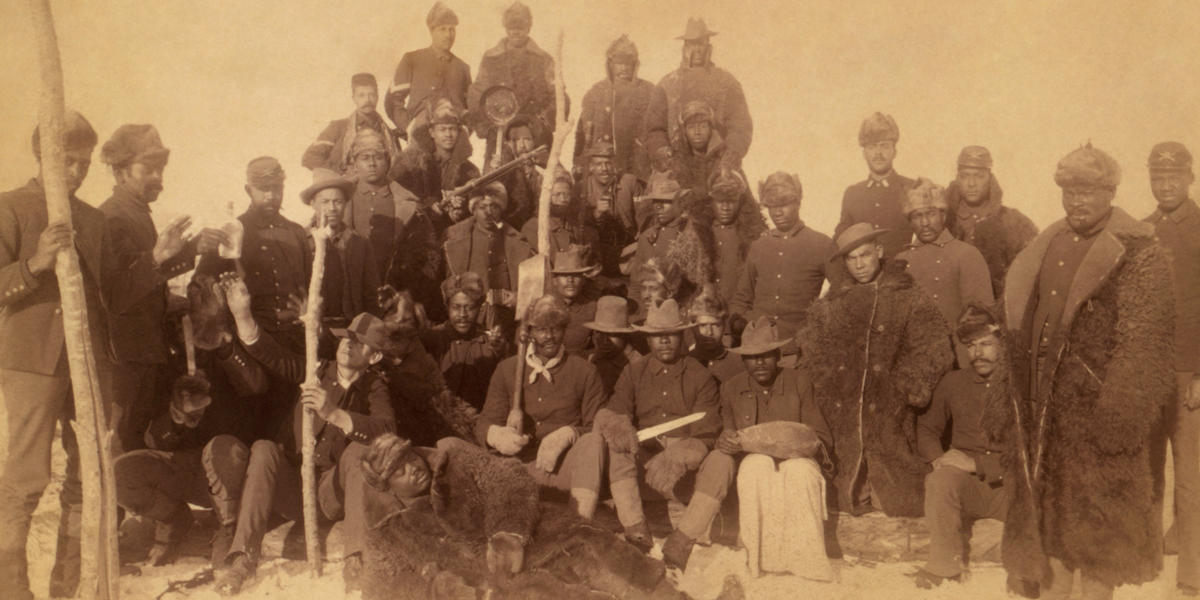Your parks need you now
Your support helps fight climate change and promote park sustainability—please give now.

In the Parks Conservancy’s recent open letter standing with Black Lives Matter, we wrote that “we believe in the power of nature, public lands and the history of resistance to inspire and educate.”
In this moment and as we continue forward, it’s important to acknowledge the racist history on these lands so that we can learn from it and overcome it.
The Golden Gate National Recreation Area is part of the International Coalition of Sites of Conscience, which are places “connecting past struggles to today’s movements for human rights and social justice,” according to the National Park Service. “Through public programs, K-12 curriculum and park exhibits, visitors have the opportunity to make connections between history within the park and current issues of justice and humanity.”
These lands were taken from the Native Americans who lived here first. We learn from stories of oppression and resistance that occurred where these parklands now stand. Please read these stories to learn more about:
That history, along with the events of recent weeks, has the Parks Conservancy considering our own history and our aspirational vision of “Parks For All Forever.”
While we still believe in the power of parks to drive social change and appreciate these magnificent parklands remain some of the most unique, inspired spaces of our region—we recognize that we have a long way to go to fulfill our promise of “for all.”
As an organization, we recognize that systemic racism perpetuates inequities and injustices across society. And as a park friends’ group, we appreciate that not everyone has easy access to these parks nor the comfort that they feel welcomed. We will work together with partners and community members to identify solutions to better promote respect and inclusion. Our parks and organization will only be stronger through diversity of people, thoughts and ideals.
Your support helps fight climate change and promote park sustainability—please give now.